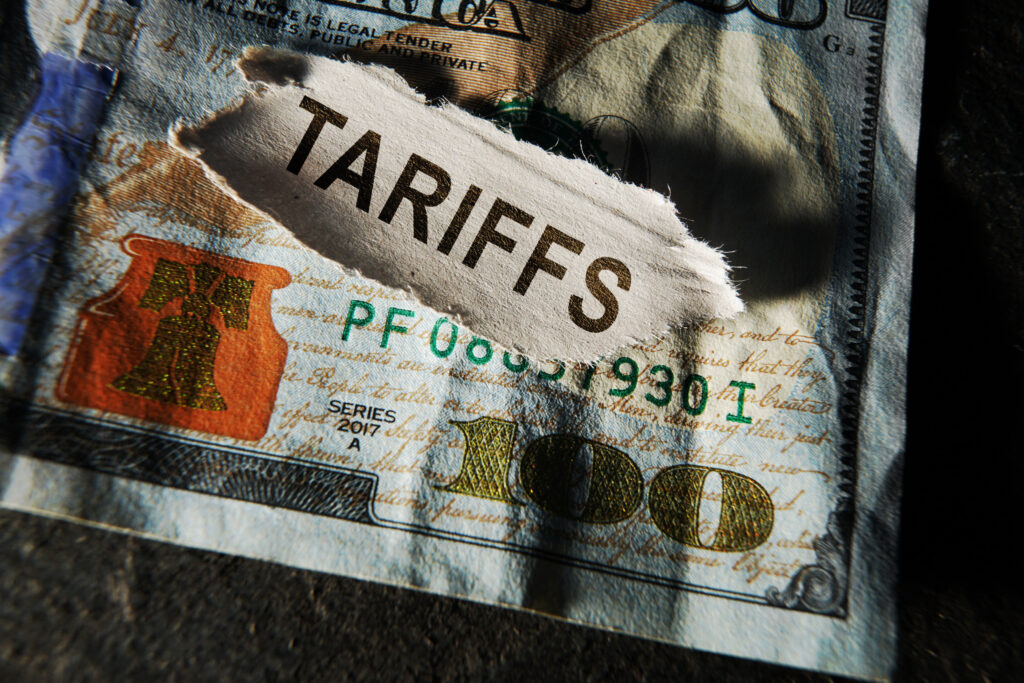Darius Dale recently joined our friend George Gammon on Rebel Capitalist Interviews to discuss the cyclical and structural forces shaping markets into 2026 and beyond. He explained why the current slowdown is merely a transitory period of weakness that sets the stage for a robust and durable recovery, how fiscal dominance is redefining the Fed’s role, and why deregulation remains an under-appreciated upside risk for the economy and asset markets.
If you missed the discussion, here are three key takeaways that likely have huge implications for your portfolio:

1) The U-Shaped U.S. Economy Is Not An L-Shaped Economy
Darius noted the U-shaped economy slowing down into late 2025, with growth bottoming in Q4, before reaccelerating in 2026. Tariffs, policy uncertainty, and anniversary effects of earlier fiscal stimulus are now “throwing sand in the gears” of the economy. However, he stressed that fiscal easing through the “One Big [Ugly] Bill” – which features tax cuts and increased defense and border spending – monetary easing, and substantial deregulation will likely drive real GDP growth above 3% in 2026-27.
Key Takeaway: As we have stressed since authoring our 100th-percentile-bullish Paradigm C theme in April, investors should focus less on the slowdown and more on the likely reacceleration. Focus on the forest, not the trees.
2) Fiscal Dominance Requires Structural Regime Change at the Fed
Treasury supply is now consuming roughly 40% of global savings, double the long-term average. With foreign demand declining from Europe, Japan, and China, Darius argued the Fed must participate in fiscal dominance. Markets are already pricing this shift: the floor Fed funds rate has repriced from ~4.5% in January to ~3% today, effectively zero in real terms. He expects real short-term rates to decline to persistently negative territory over time.
Key Takeaway: Paradigm C represents a structural shift toward growth-driven debt reduction, supported by a more accommodative Federal Reserve.
3) As Labor Weakens, Policy Must Step In
Private-sector labor income growth is currently mired in a “strong negative impulse,” and policy uncertainty remains at record highs. Structurally, AI is displacing early-career roles, with recent-graduate unemployment persistently above the national rate since 2022. Darius emphasizes deregulation as the lever that can unlock new credit formation and housing supply.
Key Takeaway: Deregulation is emerging as a tool to counteract labor-market fragility, support credit creation, and expand housing supply.

Final Thought: Positioning for Paradigm C
Paradigm C is reshaping the U.S. economy through tariffs, continued fiscal largesse, a return to monetary largesse, and substantial deregulation. For investors, the imperative is clear: don’t get lost in the noise of short-term volatility. The policy sequence points toward robust growth, persistent above-target inflation, and the need to own assets that outrun financial repression and monetary debasement.
If you are not confident your portfolio is positioned correctly for the evolving macro landscape, partner with 42 Macro for data-driven insights and proven risk management overlays—KISS and Dr. Mo—to help you stay on the right side of market risk.
No catch—just real insights to help you stay ahead in the #Team42 community.
Best of luck out there,
— Team 42


